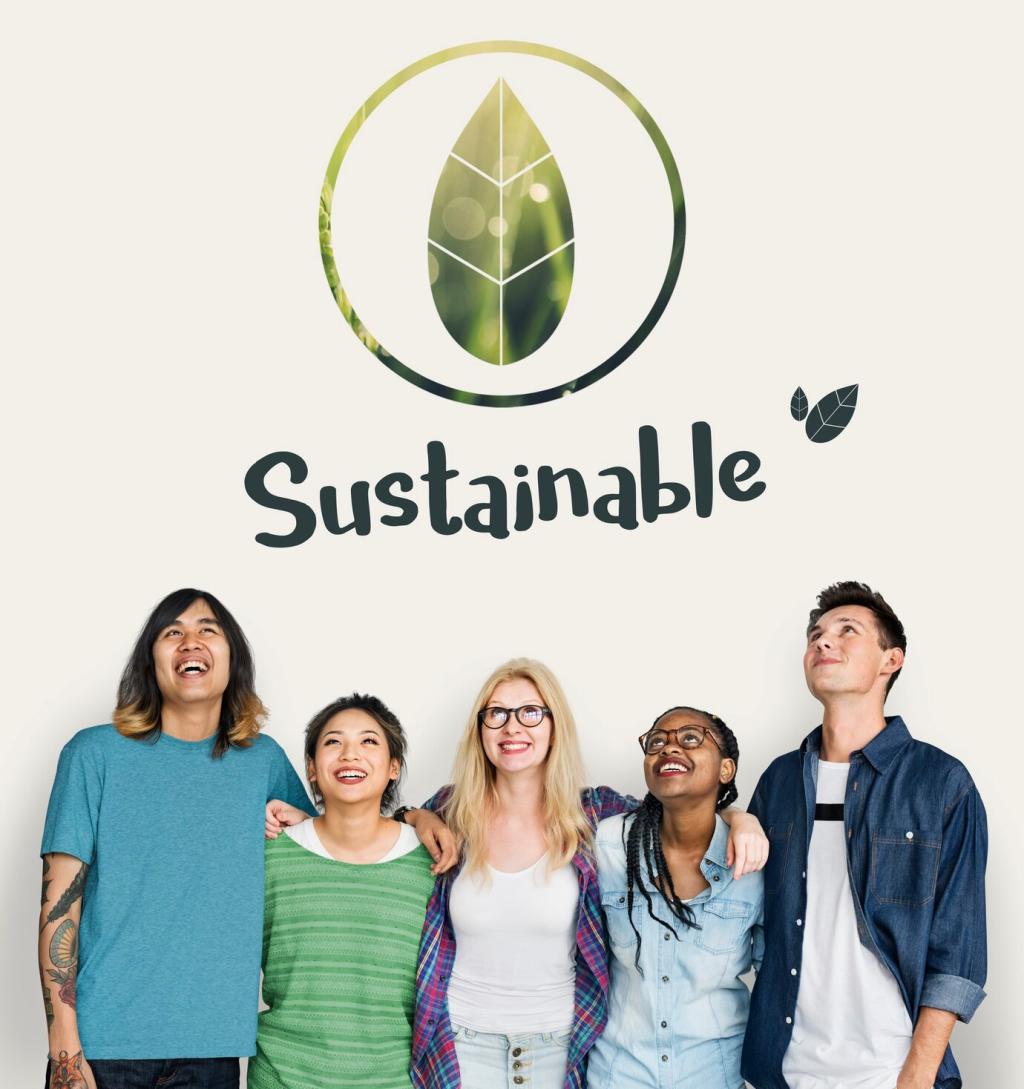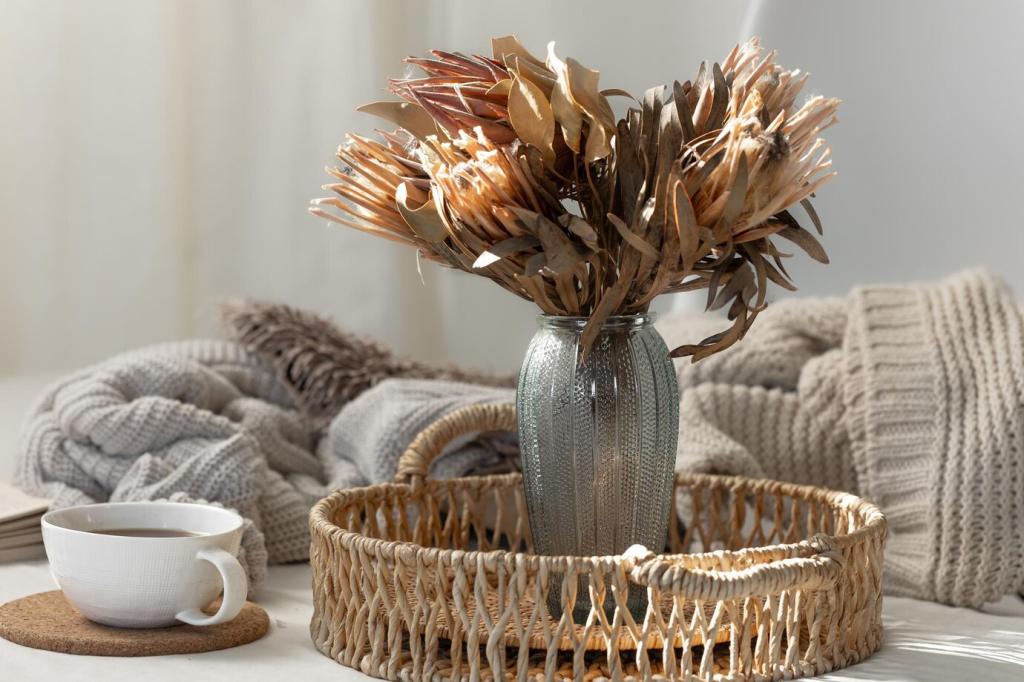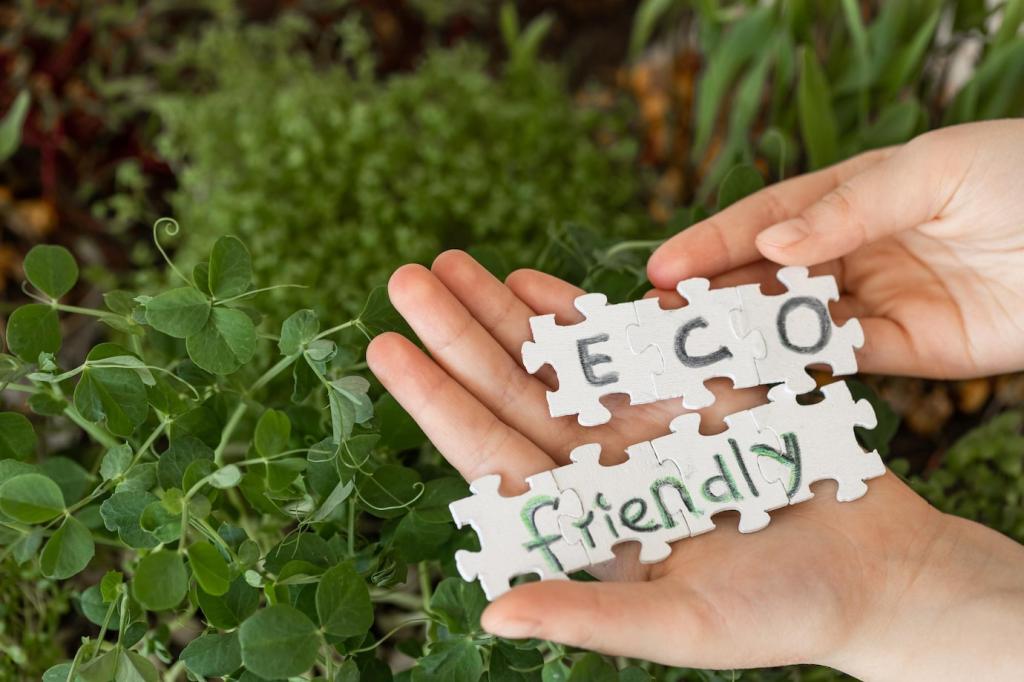
Warm Homes, Gentle Footprints: Eco-Friendly Fabrics for Home Furnishings
Today’s chosen theme: Eco-Friendly Fabrics for Home Furnishings. Step into a home where comfort feels honest, colors breathe easily, and every cushion, curtain, and throw quietly reduces waste while lifting your daily mood.



Materials Guide: Organic Cotton, Linen, Hemp, Bamboo, and Lyocell
Organic cotton avoids synthetic pesticides and prioritizes healthier soil. Seek medium-weight weaves for cushions and twills for slipcovers. When possible, choose undyed or low-impact dyed options to minimize water and energy use while keeping colors serene and versatile.
Materials Guide: Organic Cotton, Linen, Hemp, Bamboo, and Lyocell
Linen and hemp thrive with fewer inputs and bring elegant, natural texture. They regulate temperature, resist odors, and drape beautifully in curtains. Expect gentle wrinkling that signals authenticity, adding depth and quiet character to minimalist and rustic interiors alike.
Materials Guide: Organic Cotton, Linen, Hemp, Bamboo, and Lyocell
Bamboo viscose can involve intensive chemistry, while lyocell uses a closed-loop process to recover solvents. Choose lyocell made from responsibly managed wood pulp. It is silky yet strong, ideal for duvet covers and pillowcases that stay cool and smooth over time.
Designing Rooms with Sustainable Textiles
Opt for undyed or plant-dyed tones that bounce light gently. Mix coarse hemp with fine lyocell for tactile balance. Earthy neutrals keep spaces calm, while a single indigo linen pillow adds focus without overwhelming your visual breathing room.
Build a modular textile wardrobe. In summer, swap in airy linen curtains and lightweight lyocell sheets. When nights cool, add organic cotton flannel and a dense hemp throw. Seasonal layers extend fabric life and keep comfort beautifully responsive all year.
In a studio apartment, one reader replaced heavy synthetics with light natural weaves. Linen sheers brightened mornings, a hemp-cotton cover softened echoes, and an organic cotton rug warmed the floor. The room felt bigger, calmer, and far more personal.
Care and Longevity: Make Sustainable Last
Wash cool, air-dry often, and use gentle, fragrance-free detergents. Rotate cushion covers to even wear, mend early, and patch invisibly from behind. A fabric shaver rescues pilling, keeping natural fibers smooth without resorting to replacement or harsh treatments.

Care and Longevity: Make Sustainable Last
Steam relaxes natural fibers and refreshes drape without harsh ironing. Short sun baths naturally deodorize and brighten whites. Use cedar blocks to deter moths, and a soft brush to lift dust from woven textures, preserving that new-but-lived-in feeling.
Budget and Sourcing Without Compromise
Thrift and Upcycle with Intention
Scan thrift shops for natural-fiber curtains and tablecloths to transform into cushion covers. Wash, line-dry, and overlock edges for longevity. A vintage linen sheet can become two elegant curtain panels with timeless texture and a beautiful, softened hand.
Smart Shopping Online
Read fiber composition closely, look for GOTS and OEKO-TEX details, and check fabric weight in grams per square meter. Request samples when possible. Compare return policies, and favor brands that disclose mills, dye processes, and end-of-life guidance clearly.
Community Sourcing
Ask local upholsterers about deadstock organic fabrics. Join buy-nothing groups to rehome quality textiles. Share your best sources below, follow for monthly supplier roundups, and help our community map trustworthy places for eco-friendly home fabric hunting.
Allergy-Friendly, Toxin-Lite Living
Water and stain repellents often rely on persistent chemicals. Choose fabrics with fiber-based performance instead, like dense weaves that resist spills naturally. Spot clean promptly, and use washable slipcovers to maintain practicality without harmful coatings.
Closing the Loop: Recycling and End-of-Life

Design for Disassembly
Opt for zippered covers, buttons instead of glue, and removable liners. Single-fiber fabrics are easier to recycle. A sturdy inner cushion with washable outer layers lets you update style without sending entire pieces to the landfill prematurely.

Take-Back Programs and Textile Recycling
Many cities accept clean textiles for recycling, and some brands run take-back schemes. Mechanical recyclers favor natural, undyed fabrics. Avoid complex blends when possible to keep future recycling routes open and genuinely effective for your home textiles.

Your Turn: Share, Comment, Subscribe
What eco-friendly fabrics have transformed your rooms? Drop tips and photos, tell us what you want tested next, and subscribe for monthly guides, supplier spotlights, and step-by-step projects that make sustainable comfort beautifully achievable.
